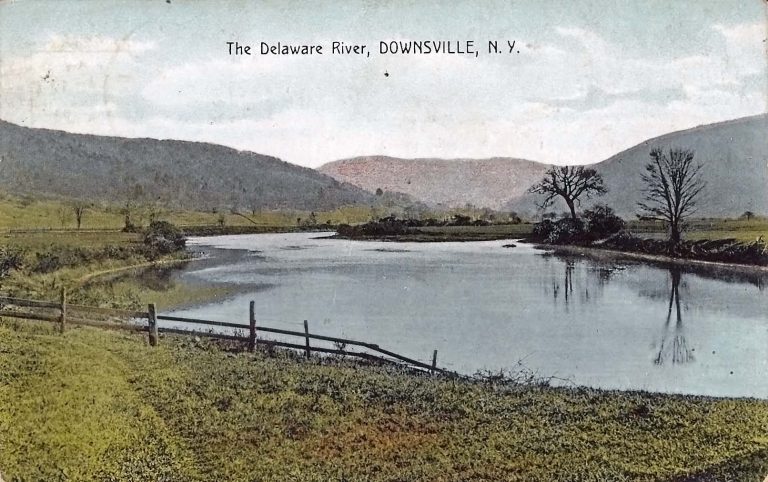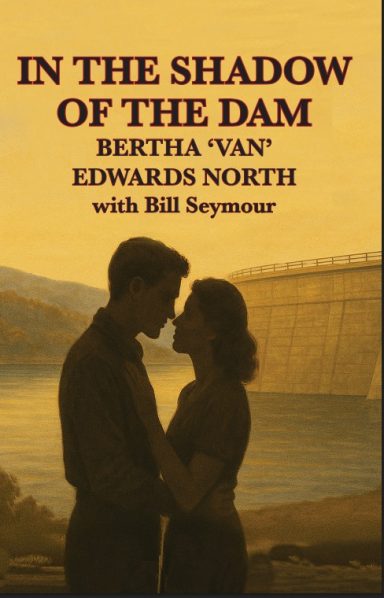Acknowledgements
Thanks to everyone who shared their thoughts, offered guidance, and left their fingerprints throughout this book. Your support and insight shaped every page. I’m endlessly grateful—and if thank-yous could be shouted from the treetops, I’d still need a taller tree.
On behalf of the late Bertha “Van” Edwards North, she would want to thank her daughters, Linda and Cammie, for typing and retyping this manuscript through its early and numerous revisions. She would also thank the many people who contributed ideas for this book and their names passed with her when she died.
I. Michael Grossman of EBook Bakery in South Kingstown, R.I., has been a central force of encouragement and assistance in bringing to life my grandmother’s long-shelved work. As a journalist, I interviewed Michael many times on his published works as well as those of other authors he helped to navigate the process of self-publishing.
My wish to publish this book has haunted me for more than 25 years after my grandmother died. Michael gave me reason, hope and belief that I could bring her voice alive in this book more than a half-century after she wrote it.
In addition, I would like to thank all the members of Rhode Island’s South County Writers Group. Their bi-monthly meetings of critiquing each other’s books in progress, essays and other written work sustained my perseverance to see this project through. The late Dr. Gene McKee, who wrote about his youth in Caddie Days: At Point Judith Country Club particularly inspired me as did Terry Schimmel and Yvette Baeu, both novelists. Other group members, Tom Brillat, Enid Flaherty, I. Michael Grossman, Kim A. Hanson, Gene Kincaid, Camilla Lee, Jane McCarthy, and Jill Moretti also provided insights from their own battles with the written word arising from their ideas, feelings and memories.
The book is enhanced thanks to some fact-checking by Town of Colchester, N.Y., Town Clerk Allison Gill and the compiled and publicly presented photos of the Pepacton Reservoir Dam at Downsville from the Historical Society’s Facebook page and webpage, both overseen by Historian Kay Parisi-Hample.
Also, I found an invaluable understanding of the context of the Pepacton Reservoir Dam at Downsville in Lucy Sante’s Nineteen Reservoirs - On Their Creation and the Promise of Water for New York City, with Tim Davis (for Photographs). Now in paperback, the book by Sante gives an “eye-opening tale of the greed and corruption, but also diplomacy and ingenuity” (The Washington Post) involved in the creation of the upstate reservoir system that makes New York City’s existence possible—yet irreparably altered rural ecosystems and communities.
My newspaper editor, Paul Spetrini, at The Independent and South County Life magazine, has been wonderful helping to fashion prose into sterling sentences. Many of those lessons I brought to this book editing project. I also owe my writing mentor from years ago, Richard Galligan, more thanks than I can ever repay in multiple lifetimes for his commitment to teaching me to write in the mid-1970s. His lessons burn like a candle in the window and it never extinguishes.
I also would like to express my deepest thanks to the late Melody Currey, former commissioner in Connecticut state government and my close associate, who by happenstance, I learned came from Downsville. She and her mother read the manuscript over 13 years ago and confirmed its strong association with fact and fiction and all the juicy details in
between!
In addition, I also want to thank Professors James Gentile of
Manchester (CT) Community College, Joseph Manzella and the late Robin Marshall Glassman of Southern Connecticut State University, Jack Banks and Susan Grantham at the University of Hartford and journalist Yingjing Deng of the Harvard Kennedy School of Government New England Alumni Association, for their continued support in our shared interests in research, writing and unflinching quests in Proustian discovery of new eyes and the many universes they all see.
I also want to thank Cathy Elrick, Kathy Snyder and Susan Carocari for their influence on character development.
Any errors or deficiencies in this book are solely my own.
Bill Seymour

The Delaware River in Downsville, circa 1909, long before it was harnessed to feed the Pepacton Reservoir and eventually millions of city dwellers in New York. It represented the peaceful vision of Bertha "Van" Edwards North in the opening lines of In the Shadow of the Dam, setting the scene for changes that could never be reversed.
"The small town rested on the valley’s rim. Verdant mountains shaded it when the sun was high, casting elusive shadows draped intermittently in intricate patterns of golden sunlight. Silver-crested brooks mothered by perpetual springs rippled merrily down the mountainside. Mischievously splashing against the rocks and leaping in the air, they somersaulted on to join their destiny—the East Branch of the Delaware River that flowed through the valley.
"It was virgin territory, unfettered and unhampered in the 1940s and in the decades and centuries beforehand."
